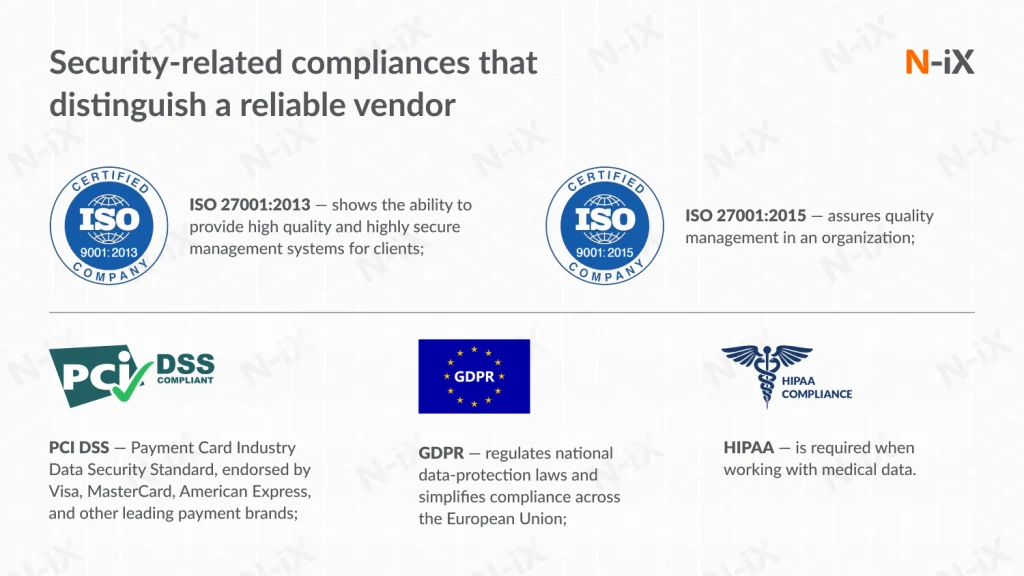Sustainable Leadership Practices for Remote Teams: Building for the Long Haul

Let’s be honest. Leading a remote team can feel like trying to build a ship while already at sea. You’re navigating constant waves of communication apps, battling the fog of isolation, and trying to keep everyone rowing in the same direction—all from a distance. The initial “emergency” remote work policies have stretched into years. And frankly, what worked as a short-term fix is now, well, breaking.
Sustainable leadership for remote teams isn’t about more Zoom calls or another productivity tracker. It’s about building a foundation that doesn’t just function, but thrives. It’s about creating a work culture that’s resilient, human-centric, and built to last. Let’s dive into the practices that actually matter.
Rethinking the Cornerstone: Trust as the Default
In a traditional office, presence was often mistaken for productivity. You know the drill—the person at their desk “looking busy” was often seen as the most dedicated. Remote work shatters that illusion. Sustainable leadership demands a fundamental shift: you must lead by outcomes, not online status lights.
This means trusting your team to do their best work, even when you can’t see them. It sounds simple, but it’s a muscle many leaders haven’t had to flex. Micromanagement is the kryptonite of remote sustainability. It burns out managers, demoralizes teams, and creates a culture of anxiety.
Instead, focus on crystal-clear expectations. Define what “done” looks like for a task. Set clear goals and key results (OKRs) so everyone knows what they’re aiming for. Then, and this is the crucial part, get out of the way. Trust is the engine; clarity is the fuel.
Communication: From Constant to Conscious
One of the biggest remote work pain points is the feeling of being always “on.” The pings never stop. Sustainable leaders fight this fatigue by making communication intentional, not incessant.
Asynchronous First
Adopt an “async-first” mentality. Not every question needs an immediate answer. Use tools like Loom, Slack, or project management platforms to leave detailed updates that team members can consume on their own schedule. This reduces interruptions and respects deep work time, which is the lifeblood of meaningful productivity.
The Rhythm of Connection
That said, you can’t run a team entirely on text messages. Synchronous time is still vital. The key is to make it count. Have a regular, predictable meeting rhythm.
| Meeting Type | Purpose | Frequency |
| Team Stand-up | Quick alignment, blockers | Daily or 3x/week |
| Weekly Team Sync | Deeper dive, collaboration | Weekly |
| One-on-Ones | Personal connection, career growth | Bi-weekly |
And for the love of all that is good, cancel the meeting if there’s no clear agenda. Protect your team’s time like it’s your own.
Cultivating Culture in a Digital Space
Culture isn’t something that happens by accident around the water cooler anymore. You have to be deliberate about it. A sustainable remote culture is like a garden—it needs consistent, thoughtful tending.
Start with shared rituals. Maybe it’s a virtual coffee break every Friday, a dedicated “win” channel in Slack, or a monthly team-building activity (that isn’t mandatory or cheesy). The goal is to create moments of genuine human connection.
Another powerful practice? Documenting everything. In an office, tribal knowledge gets passed along in whispers. Remotely, that creates information silos and bottlenecks. Use a shared wiki, like Notion or Confluence, to create a single source of truth for processes, decisions, and team values. This empowers everyone and makes the team more resilient.
The Unseen Element: Prioritizing Well-being and Boundaries
Burnout is the silent killer of remote team performance. When the office is also your home, the line between “on” and “off” can vanish. A sustainable leader doesn’t just pay lip service to work-life balance; they actively model and enforce it.
Here are a few tangible ways to do this:
- **Respect non-work hours.** Don’t send emails or messages late at night or on weekends. If you use Slack, encourage the use of scheduled send.
- **Encourage actual time off.** Make it clear that vacation days are for disconnecting. When someone is off, their work is covered, and they are not expected to check in.
- **Talk about mental health.** Normalize conversations about stress, fatigue, and the need for a break. It’s not a sign of weakness; it’s a sign of self-awareness.
Leaders must be the chief boundary-setters. Your team will follow your lead.
Investing in Growth and Development
Out of sight cannot mean out of mind when it comes to career progression. A huge risk in remote settings is that team members feel stagnant, like they’re on an island with no path forward. Sustainable leadership proactively creates visibility and opportunity for everyone.
In your one-on-ones, don’t just talk about current projects. Ask about their long-term goals. What skills do they want to learn? Then, connect them with resources, online courses, or mentorship opportunities. This shows you’re invested in their whole career, not just their next task. It builds loyalty and engagement that no pizza party ever could.
A Final Thought: It’s a Marathon, Not a Sprint
Sustainable remote leadership isn’t a checklist you complete. It’s a mindset. It’s a commitment to building a team that is not only productive but also healthy, connected, and resilient enough to handle whatever comes next. It requires patience, empathy, and a willingness to constantly listen and adapt.
The old model of leadership was about control. The new one, the sustainable one, is about empowerment. It’s about building a ship—and a crew—that’s ready for any ocean.




